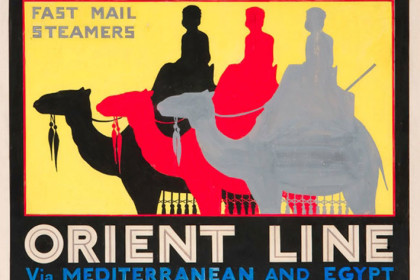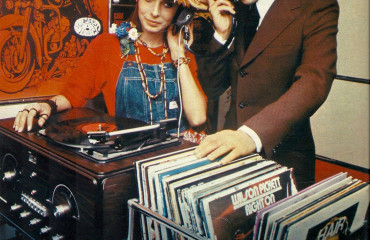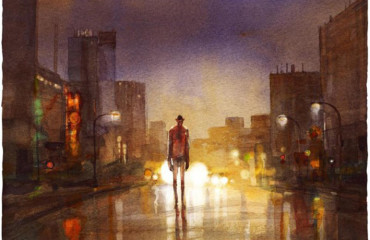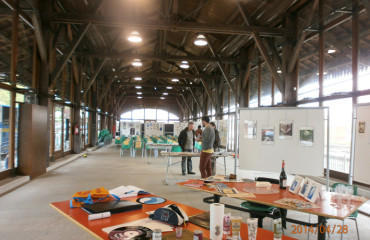
The exhibition Happy Consumption. Publicity and society in the 20th century presents a selection of over 350 works from the Berardo Collection of Advertising Art, which in total numbers around 1500 pieces. This unique international level collection is of unprecedented interest, which brings together exclusively hand-painted original advertising miraculously saved from the ravages of time and their inevitable destruction.
These original posters were designed for large-scale mechanical reproduction, typically using lithographic and rotographic processes, and they constitute the back catalogue of the renowned James Haworth&Company, one of the leading advertising agencies in the UK from around 1900, when it was founded, up to about 1980. The extent of the company’s work, which covers thousands of wide range projects, reflecting and guiding the expansion of consumption, not only allows a detailed examination of the phenomenon of advertising and marketing, but also its unparalleled aesthetic interest, an original landscape through which to understand graphic design and contemporary visual arts themselves.
Object such as transport, tourism, the two world wars, the Spanish Civil War, leisure, food, fashion, appliances, toiletries, beauty products and automobiles express the reality of the social and political circumstances of this long period, as well as indices of intrinsic economic and cultural development. The first examples of camouflage fashion figures interspersed with a few examples of Art Nouveau, and political commentary on the First World War (when the company has obtained the accounts of renowned companies as Cadbury, Oxo, J&J Colman and Rowntree) were followed by advertising for new products and foods (appliances, cigarettes, wheat flakes, canned) and the impact of fashion, jazz and tourism, often delivered with a touch of humor, Art Deco or a more austere modernism of the consumers.
The Wall Street Crash and the Great Depression that followed encouraged a review of formality of the 19th century and the movie archetypal seductive beauties imaginary, expanded to include the reassuring image of the ideal mother, alongside a more radical modernism – features highlighted in the propaganda posters of the Second World War. The post-war economic expansion has focused in particular on the radiant image of Hollywood actresses – with identifiable portraits of Katherine Hepburn, Elizabeth Taylor, Rita Hayworth, Grace Kelly, Gene Tierney, Joan Fontaine, Maureen O’Hara, Kim Novak, Doris Day and also Jennifer Jones and Audrey Hepburn – a veritable gallery of universal icons in which the photography was the basis of a hyper-realistic graphic style, applied to images of men and children.
The hyper-realism has been extended to the representation of cosmetics, food, clothing, tobacco, household appliances and cleaning products, which sometimes added humor alongside the North American cultural supremacy that has stimulated the consumption of new products, such as instant or pre-prepared food, often by multinational companies from the same countries. Tourism and spread of the car, converted into mass industries, have continued to make use of graphics hyper-realism, although the expansion of color photography and new printing techniques such as offset, condemned advertising illustration to extinction, making these works of art, which are now rare and highly sought after by collectors, the unforgettable voices of an era.
O Consumo Feliz – Temporary Exposure – Berardo Museum, Lisbona
Until 05th Jan 2014
Curator – organizator: Rui Afonso Santos
Free entrance
Images from the official website: en.museuberardo.pt/exhibitions/happy-consumption
 English
English  Italiano
Italiano 



